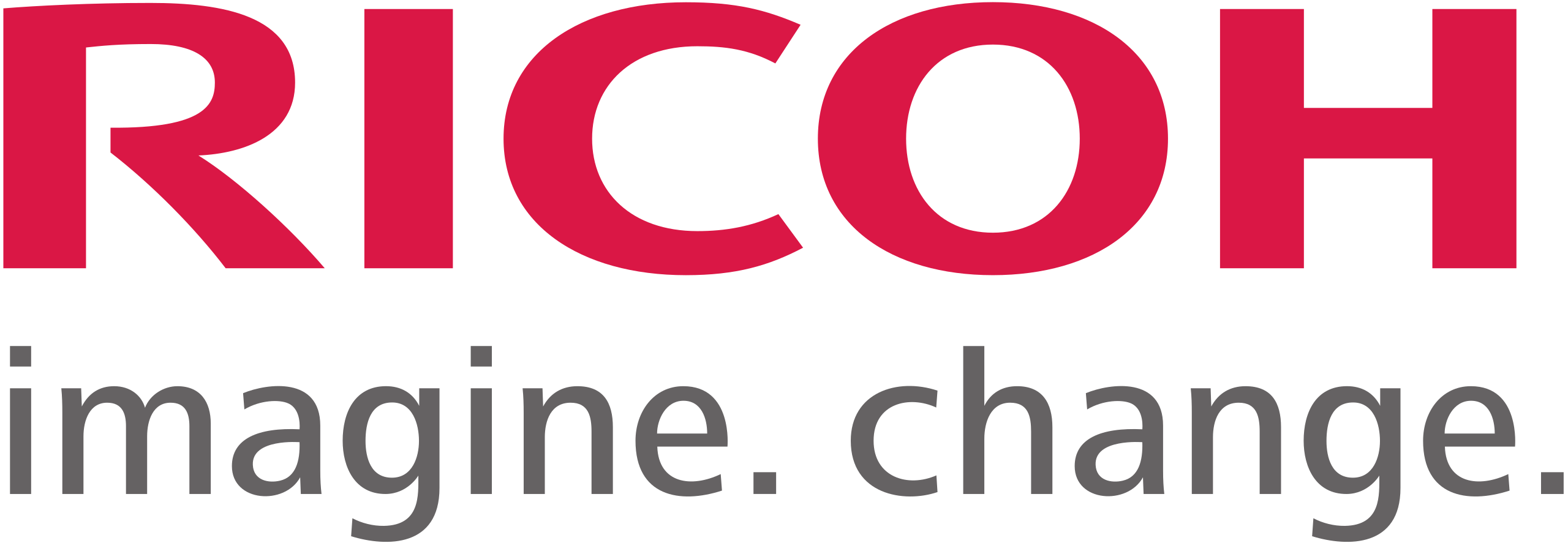3 min read
The Benefits of Barcodes in Business
By:
Rachel Redemer
on
March 7, 2024
Updated: July 8, 2024

Barcodes are used in every aspect of our lives, from the grocery store to package tracking. However, you probably don't think about how barcodes have the potential to optimize any business operation.
What Is a Barcode?
Barcodes are images that consist of a series of parallel black and white bars that can be read by a barcode scanner. They are applied to products to identify them quickly and are commonly used in retail stores to keep track of inventory and sales, warehouses to keep track of inventory and track shipments and invoices to keep track of information and sensitive documents. Long story short barcodes are used to identify or index products or data.
What Are the Benefits of Barcodes?
Barcodes have many benefits. In this blog we will discuss the following benefits:
- Improved Accuracy
- Tracking
- Reduced Training Requirements
- Better Inventory Management
- Low Cost of Implementation
- Data Collection
Improved Accuracy
When a barcode is scanned, it automatically inputs a significant amount of data into the system, which is crucial for optimizing recordkeeping and efficiency. This not only saves time and money by eliminating manual data entry errors, but also simplifies onboarding and training processes as information can be quickly scanned instead of entered manually.
Tracking
Each time a barcode is scanned, it generates a data trail that makes locating items easy. This enhances real-time visibility for businesses, allowing them to track product movements and customer interactions efficiently. Improved real-time visibility not only enhances the customer experience but also strengthens trust in the company.
Reduced Training Requirements
By utilizing barcode scanning, you eliminate the need for extensive training on manual data entry for new employees. With a barcode system in place, your staff only needs to be trained on the best practices for accurate barcode scanning, including proper scanner positioning, scanning distance, and troubleshooting any common scanning issues.
Better Inventory Management
Utilizing barcodes aids in maintaining accurate and up-to-date inventory records, preventing product or supply shortages, and assisting in determining when to reorder.
Low Cost of Implementation
Creating barcodes is a fast and effortless process. With the enhanced speed of transactions and the increased precision of inventory and sales data, cost savings can be expected post-implementation.
Data Collection
Barcodes play a crucial role in data collection, aiding in data analytics for creating business strategies and informed decision-making. They are instrumental in gathering information on inventory, supply chain, and sales activity. QR codes, another form of barcodes, are commonly used to track customer behavior and preferences, providing detailed insights into organizational operations and market trends. This valuable data empowers companies to make well-informed decisions, optimize operations, and seize growth opportunities.
How Can I Implement Barcodes into My Business Process?
Barcodes are easily printable and can be seamlessly integrated into any business process to streamline and track activities. The following industries provide just a few examples of how barcodes can be effectively utilized in business:
- Education
- In the field of education, barcodes can be utilized for generating student IDs and monitoring school equipment.
- Healthcare
- Hospitals have a long history of utilizing barcodes for various purposes. These include registering patients into the system, creating identification bracelets with medical records, scanning key cards for access to restricted areas, and labeling medication for accuracy and inventorying pharmaceuticals and medical equipment.
- Legal
- Barcodes are utilized to enhance document management, simplifying the tracking and management of contracts, applications, and invoices, while also identifying sensitive documents that require security measures.
- Government
- Federal, State, and Local governments utilize barcodes for secure facility access, cataloging physical assets, and organizing and indexing records.
- Retail
- Retail exemplifies the widespread use of barcodes, playing a vital role in inventory management, sales tracking, and loss prevention. The convenience of handheld scanners has further streamlined these operations.
- Logistics
- Barcodes have revolutionized logistics in various industries, enabling easy shipment tracking and seamless information sharing with customers, delivery personnel, and postal workers within the supply chain.
Best Practices for Barcode Usage
- Proper barcode placement on products and packaging
- All barcodes should be placed in easily scannable areas. They should be kept away from folds, curves, or other spaces prone to damage.
- Regular maintenance and barcode verification
- It is important to conduct maintenance on scanners. This includes using a microfiber cloth to clean the scanner and make sure there isn't any debris or scratches on the lens.
- Training employees on barcode scanning procedures
- Educate your employees on the proper barcode scanning techniques, including the right positioning of the scanner, scanning distance, and troubleshooting common scanning issues.
Barcode Label Design & Printing Considerations
It is essential to carefully consider the design and quality of labels to ensure optimal barcode readability. This includes evaluating label size, contrast, and utilizing appropriate printing technology for efficient scanning performance. Barcodes should be printed clearly and legibly, with a sufficient contrast between the bars and spaces. Regularly checking and replacing labels as needed is vital to avoid scanning errors caused by smudging, fading, or distortion.
As part of our managed print services, Standley Systems carries and services barcode printers. Our Zebra printers will keep your operations running efficiently. If you are interested in a Zebra printer or other managed print services, contact us at one of our locations.
 800-522-3725
800-522-3725 info@standleys.com
info@standleys.com Support
Support











